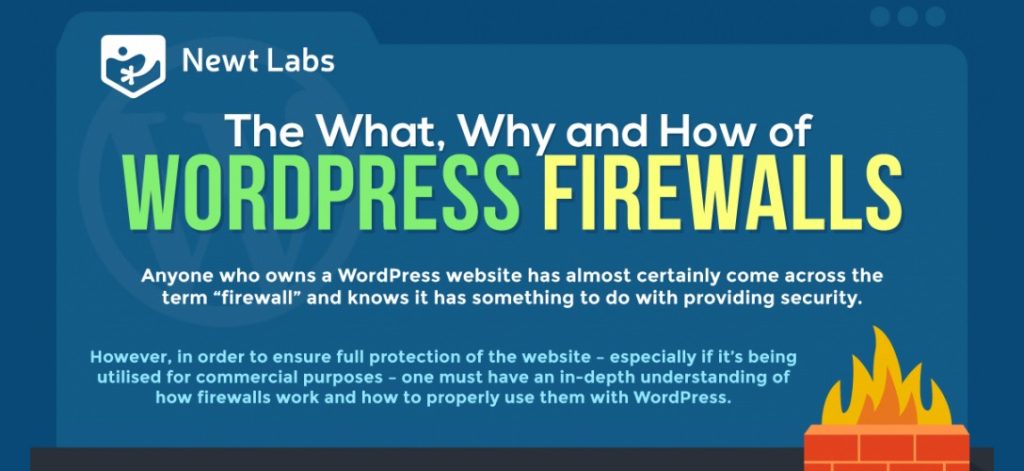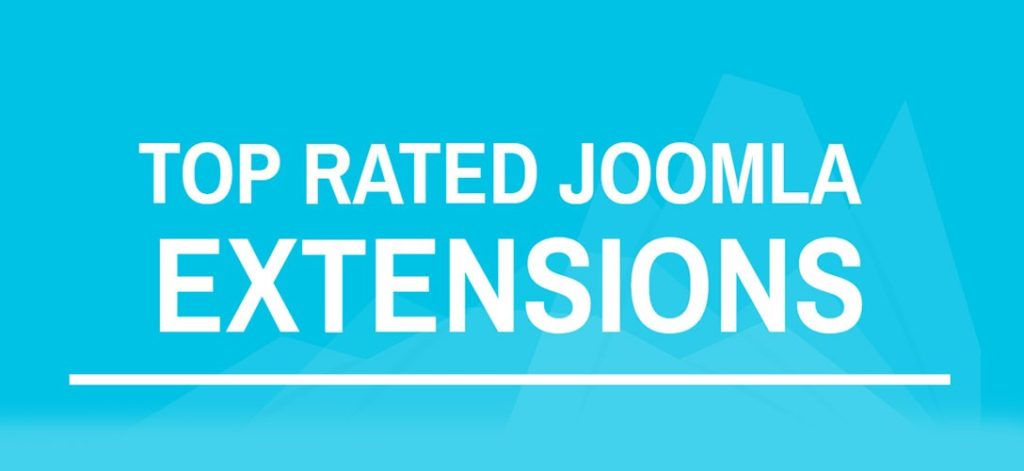The digital age has brought with it a multitude of conveniences, advances, and technology that has changed the landscape for all businesses in all industries dramatically. No longer are businesses clamoring for attention from their intended target market through more expensive and tedious means such as telephones, mail, and advertising in the tri-media (TV, film, radio) and print. They can easily reach their customer base and intended audience through the Internet, using the newer platforms such as eCommerce, social networking sites, and business websites.
On the subject of business websites, one of the most popular platforms for any business in any industry has to be WordPress. According to CodeinWP.com, around 15.8 million websites on the entire web uses WordPress, with 50% of users in the United States preferring it even way back 2014. WordPress runs about 28.9% of the entire Internet, with 14.7% of the top 100 websites in the world being powered by this platform. It is also the most popular to use for business websites, as reported by TytonMedia.
With the popularity of WordPress, it’s no wonder that its development team continually pushes out plugins, themes, updates, and other improvements to the overall experience to make sure that websites are kept in their top shape and that websites are as flexible as they can be – such as in the case of the blog/article website Thought Catalog and the music streaming website Spotify. Both websites are vastly different from each other in terms of content and capabilities, yet both are powered by WordPress. This is a true testament to how limitless WordPress is when it comes to the websites that can be produced through it.
Despite the efforts of its developers to make sure that all WordPress-powered websites are as flexible, safe, and secure as they can be, 73% of WordPress websites are still vulnerable to attacks for various reasons – mostly due to outdated software/plugins, themes, or the base version that is being used.
Understandably, many people seem more content with not updating their WordPress tools as long as it is working for them, as they are sometimes required to backup, transfer, rewrite, or otherwise change data that would take a significant amount of time that they could’ve dedicated to other, more pressing tasks. Or maybe upgrades cost some money, and they cannot afford it at the moment – before forgetting about it entirely.
It’s advisable, of course, to make sure that all components of your WordPress-powered websites are up to date, but that may sometimes not be enough to guarantee total security online. With cyber attacks getting much stronger, it’s worth adding another layer of strong protection in your website through the use of WordPress firewalls.
Learn about firewalls – what they are, why you need them, and how you can use them to your full advantage – with this infographic by NewtLabs.








